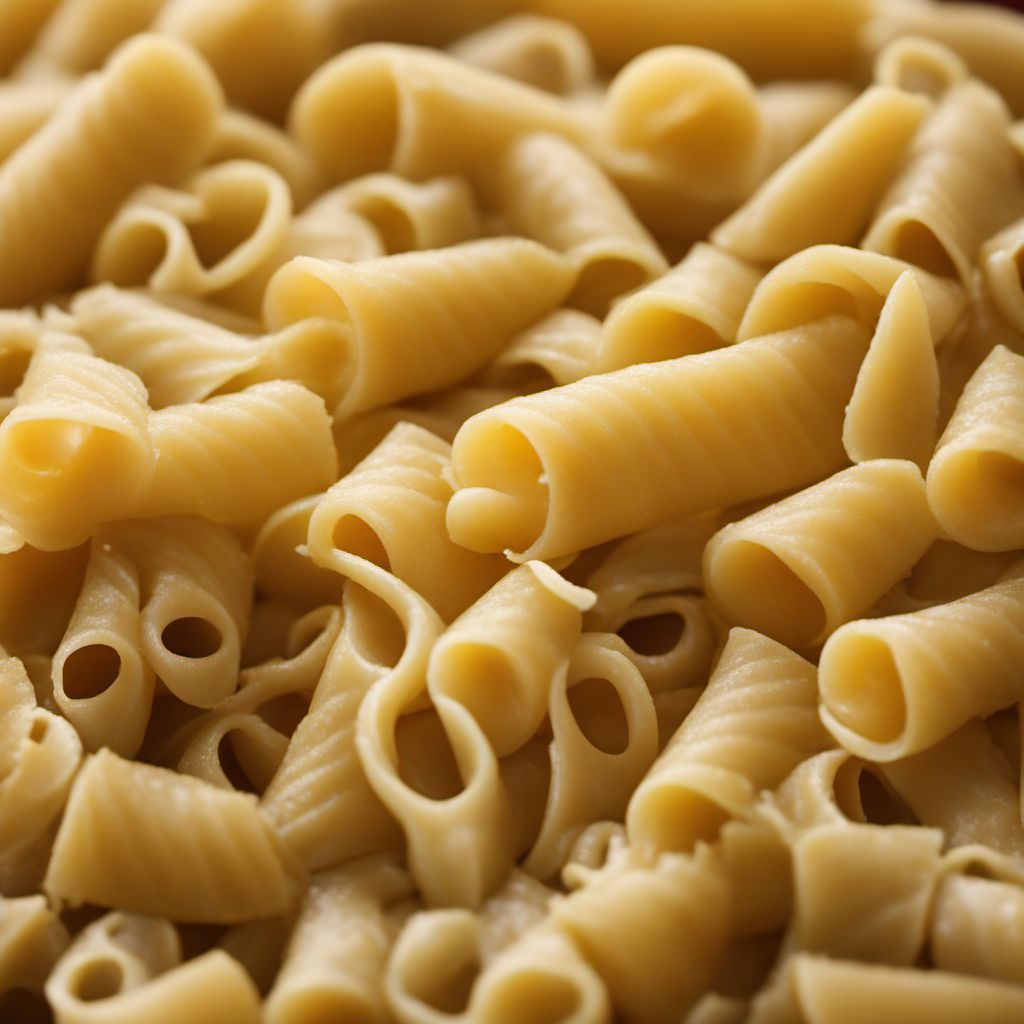
Ingredient
Pasta, with mixed or unspecified filling, cooked
The Art of Stuffed Pasta: Filled Delights
Pasta with mixed or unspecified filling is a culinary marvel that showcases the perfect balance between tender pasta and a delectable filling. The pasta is cooked to al dente perfection, providing a satisfying chew, while the filling adds a burst of flavor and texture. The possibilities for fillings are endless, ranging from cheese and vegetables to meat and seafood.
Origins and history
The concept of stuffed pasta dates back centuries and can be traced back to various regions in Italy. Each region has its own unique take on filled pasta, resulting in a diverse array of shapes, fillings, and cooking methods. Stuffed pasta has become an integral part of Italian cuisine, with dishes like tortellini from Emilia-Romagna and ravioli from Liguria gaining worldwide recognition.
Nutritional information
The nutritional information of pasta with mixed or unspecified filling varies depending on the type of pasta and the filling used. Generally, pasta provides a good source of carbohydrates, while the filling can contribute to the overall nutritional value of the dish. It is important to consider portion sizes and the ingredients used in the filling to determine the specific nutritional content.
Allergens
There are no known allergens associated with pasta with mixed or unspecified filling. However, individuals with specific dietary restrictions or allergies should be cautious and check the ingredients used in the filling.
How to select
When selecting pasta with mixed or unspecified filling, opt for fresh or high-quality dried pasta. Look for pasta that is free from cracks or blemishes and has a smooth texture. If purchasing pre-packaged stuffed pasta, check the expiration date and ensure that the packaging is intact. Additionally, consider the filling ingredients and choose options that align with your preferences and dietary restrictions.
Storage recommendations
To maintain the freshness of cooked pasta with mixed or unspecified filling, store it in an airtight container in the refrigerator. Consume it within 2-3 days to ensure optimal taste and quality. Avoid freezing cooked stuffed pasta, as it may affect the texture and flavor of the dish.
How to produce
Producing pasta with mixed or unspecified filling requires advanced culinary skills and specialized equipment. It is best left to professional chefs or experienced home cooks. However, amateur cooks can experiment with simpler filled pasta options such as tortellini or agnolotti using store-bought pasta sheets and homemade fillings.
Preparation tips
When preparing pasta with mixed or unspecified filling, follow the cooking instructions provided on the packaging for the specific type of pasta used. Ensure that the pasta is cooked to al dente, as it will continue to cook slightly when combined with the filling. Experiment with different fillings and sauces to create unique flavor combinations. Serve the stuffed pasta as a main course or as an appetizer with a complementary sauce or garnish.
Culinary uses
Pasta with mixed or unspecified filling is a versatile ingredient that can be used in a variety of dishes. It is commonly served as a main course, accompanied by a flavorful sauce or garnish. Stuffed pasta can also be used in soups or salads to add an element of surprise and texture. The possibilities are endless, limited only by one's creativity and culinary imagination.
Availability
Pasta with mixed or unspecified filling is commonly available in Italian restaurants, specialty pasta shops, and gourmet food stores. It can also be made from scratch at home using pasta-making equipment and fresh ingredients. The availability may vary depending on the region and the specific type of filled pasta.

